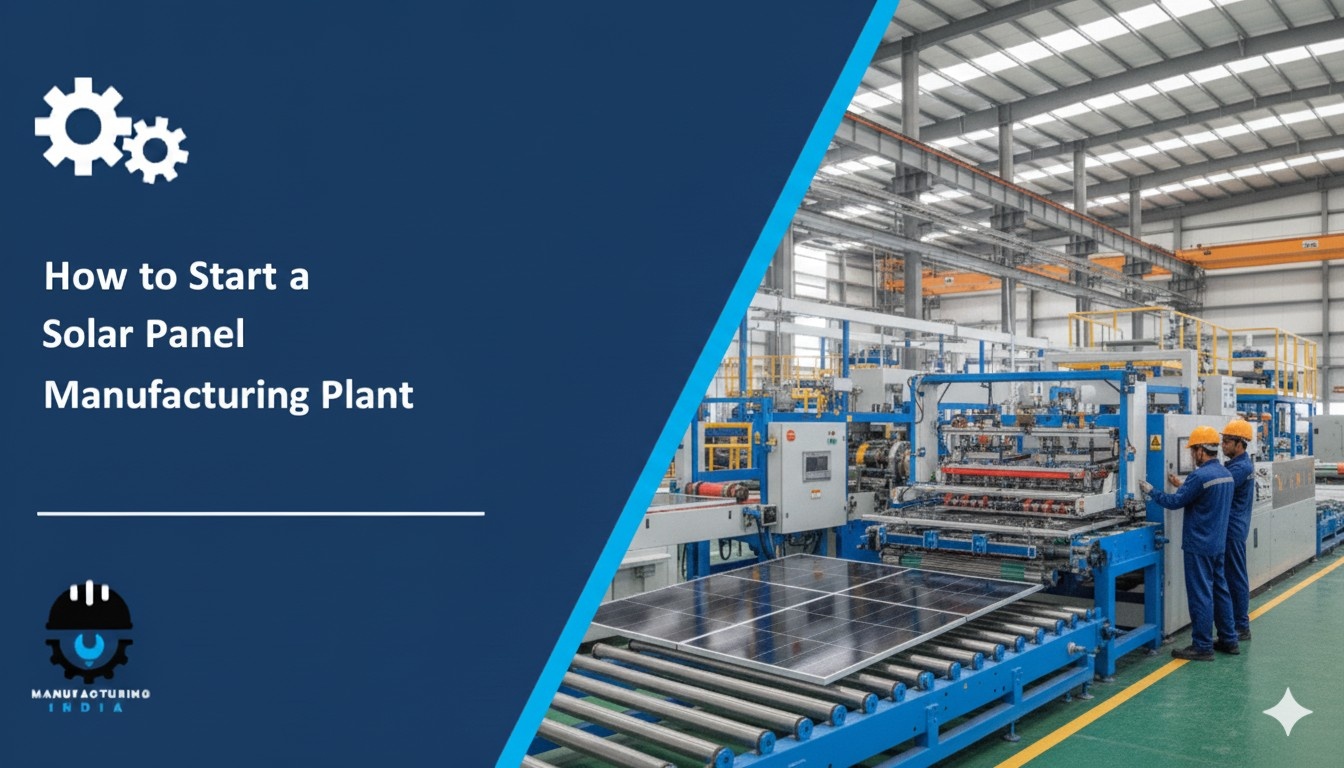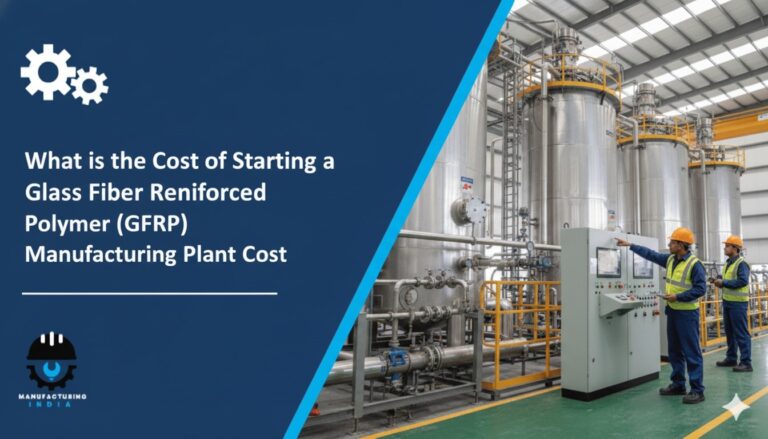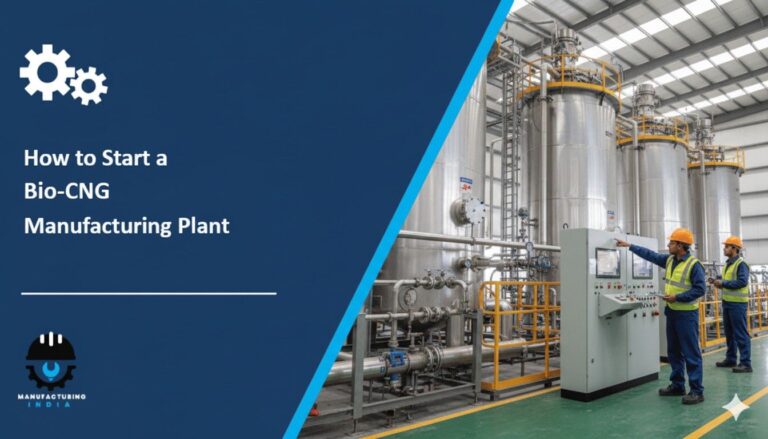
The global shift toward renewable energy has created unprecedented opportunities in the solar panel manufacturing sector. As countries worldwide commit to reducing carbon emissions and increasing clean energy adoption, the demand for solar panels continues to surge. Starting a solar panel manufacturing plant can be a profitable venture for entrepreneurs willing to invest in this growing industry. This comprehensive guide walks you through the complete process of establishing a solar panel manufacturing facility.
Understanding Solar Panel Manufacturing
Solar panel manufacturing involves converting raw materials, primarily silicon, into photovoltaic modules that convert sunlight into electricity. The process requires technical expertise, specialized equipment, and careful quality control to produce panels that meet international standards and perform reliably for decades.
Step 1: Conduct Market Research and Feasibility Study
Begin by conducting thorough market research to understand the solar industry landscape in your target region. Analyze the current demand for solar panels, identify potential customers including residential installers, commercial developers, and utility companies, and study your competition. Evaluate market trends, pricing dynamics, and growth projections to validate the business opportunity.
Prepare a detailed feasibility study examining technical requirements, financial projections, and operational considerations. This study should assess the viability of different manufacturing scales, technology options, and market positioning strategies. Understanding market gaps and customer needs will help you define your product strategy and competitive advantages.
Step 2: Develop a Comprehensive Business Plan
Create a detailed business plan outlining your manufacturing strategy, target market segments, production capacity, technology selection, and financial requirements. The business plan should include marketing strategies, distribution channels, pricing models, and revenue projections. This document serves as your roadmap and is essential when seeking financing from banks or investors.
Define your manufacturing scope—whether you’ll focus on complete integrated production from silicon to finished panels or concentrate on specific stages like cell production or module assembly. Each approach has different capital requirements and operational complexities.
Step 3: Arrange Financing and Capital
Determine your total capital requirements including fixed investments for land, buildings, and machinery, plus working capital for initial operations. Explore various financing options including bank loans, private equity, venture capital, angel investors, or government-backed financing schemes.
Prepare detailed financial projections demonstrating profitability potential and return on investment timelines. Many countries offer special financing programs, subsidized loans, or credit guarantees for renewable energy manufacturing ventures, which can significantly reduce your financing costs.
Step 4: Select Suitable Location and Acquire Land
Choose a location that balances multiple factors including proximity to raw material suppliers, access to skilled labor, availability of reliable utilities, transportation infrastructure, and proximity to target markets. Industrial parks or special economic zones often provide additional benefits like tax incentives and ready infrastructure.
Ensure the location has adequate power supply capacity, as solar panel manufacturing is energy-intensive. Water availability, waste disposal facilities, and environmental compliance considerations should also guide your location decision. Acquire or lease land with sufficient space for current operations and future expansion.
Step 5: Obtain Necessary Licenses and Permits
Navigate the regulatory landscape by obtaining all required licenses and permits before commencing operations. Apply for manufacturing licenses from industrial development authorities, environmental clearances from pollution control boards, and factory registration under relevant industrial regulations.
Secure building permits for construction activities, fire safety approvals, and occupational safety certifications. Additionally, obtain product certifications that will be necessary for market acceptance, including international quality standards like IEC certifications and regional regulatory compliance approvals.
Step 6: Design and Construct Manufacturing Facility
Work with experienced industrial architects and engineers to design a facility optimized for solar panel production. The layout should ensure efficient material flow, accommodate clean room requirements for cell production, and provide adequate space for quality testing laboratories.
Construct specialized areas including production floors with appropriate flooring and climate control, storage facilities for raw materials and finished products, quality control laboratories, maintenance workshops, and administrative offices. Install necessary infrastructure including electrical systems, water supply, compressed air systems, and waste treatment facilities.
Step 7: Procure Machinery and Equipment
Identify and procure all necessary production equipment based on your chosen manufacturing scope. For integrated facilities, this includes silicon processing equipment, wafer slicing machines, cell production lines with diffusion furnaces and screen printing machines, module assembly equipment, laminating machines, and testing apparatus.
Decide between purchasing new equipment versus refurbished machinery based on budget constraints and quality requirements. Establish relationships with reliable equipment suppliers who can provide installation support, training, and after-sales service. Consider automation levels that balance productivity with capital investment.
Step 8: Establish Supply Chain and Raw Material Sources
Develop strong relationships with suppliers of key raw materials including high-purity silicon, silver paste for contacts, aluminum frames, tempered glass, encapsulation materials, back sheets, and junction boxes. Negotiate favorable terms considering volumes, delivery schedules, and payment conditions.
Identify alternative suppliers to mitigate supply chain risks. Consider long-term contracts with key suppliers to secure stable pricing and availability. Implement inventory management systems to maintain optimal stock levels without tying up excessive working capital.
Step 9: Hire and Train Workforce
Recruit qualified personnel across all operational areas including production operators, quality control specialists, maintenance technicians, process engineers, and management staff. The solar manufacturing industry requires specialized skills, so invest in comprehensive training programs.
Provide technical training on equipment operation, safety protocols, and quality standards. Consider partnerships with equipment suppliers for specialized training on machinery operation and maintenance. Develop standard operating procedures for all production processes to ensure consistency and quality.
Step 10: Install and Commission Equipment
Oversee the installation of all production equipment according to manufacturer specifications. Conduct thorough commissioning and testing of individual machines and integrated production lines. Run trial productions to identify and resolve any operational issues before full-scale manufacturing begins.
Calibrate testing equipment and establish quality control procedures. Validate that all equipment meets performance specifications and safety standards. Document all installation and commissioning procedures for future reference and troubleshooting.



